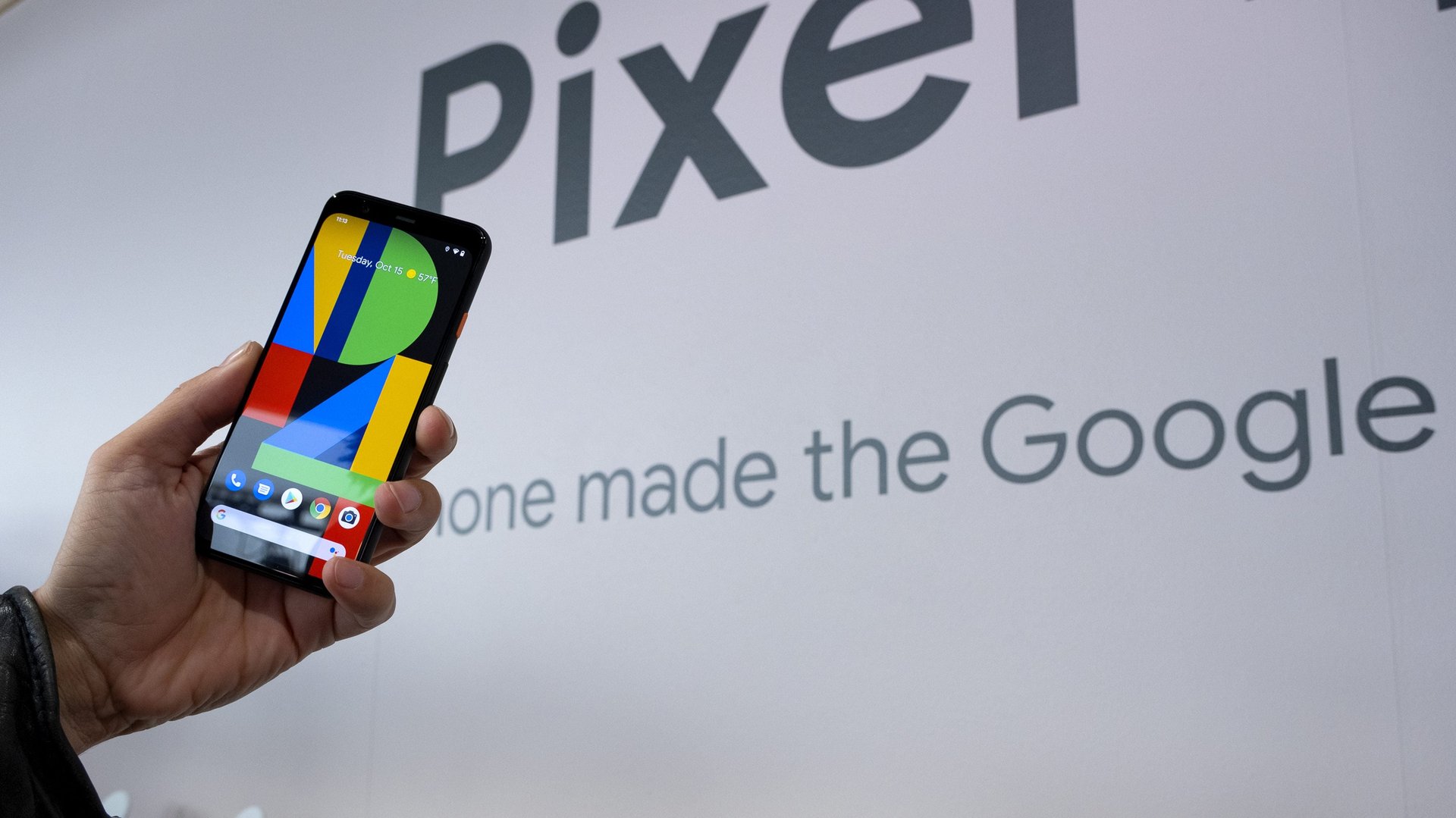Google is slowly figuring out how to make money outside of advertising
Google is the advertising elephant in the room. If you’re doing some sort of digital advertising campaign in 2019, it’s likely that you will use some Google services to display at least some of your ads. Google controls more than 70% of the search advertising market. Roughly one-third of all money spent on digital advertising goes to Google. That’s what helped turned the search engine into one of the largest tech companies on the planet, but its dominance is slowly being undercut by increased competition from Amazon, social media, and other places to spend ad money.


Google is the advertising elephant in the room. If you’re doing some sort of digital advertising campaign in 2019, it’s likely that you will use some Google services to display at least some of your ads. Google controls more than 70% of the search advertising market. Roughly one-third of all money spent on digital advertising goes to Google. That’s what helped turned the search engine into one of the largest tech companies on the planet, but its dominance is slowly being undercut by increased competition from Amazon, social media, and other places to spend ad money.
There’s little chance that Google’s empire is going to collapse any time soon. But going by the metrics tracked by investors, chinks in its armor are emerging. Alphabet, Google’s parent company, announced its third-quarter earnings on Oct. 28. While revenue is still growing healthily—the company saw a 20% growth in sales from $33.7 billion to $40.5 billion compared to the same period last year—its profit margins are shrinking. Google spends over 20% of its revenue on what it calls TAC, or traffic acquisition costs.
But there is a silver lining. Google is slowly figuring out how to generate cash beyond advertising sales. The company offers an array of services and hardware products, from the G Suite and Google Cloud enterprise programs, to Nest smart-home gadgets and Google Pixel phones. All of that non-advertising revenue is lumped into a reporting line Alphabet calls “Google other revenues,” and those businesses are growing.
Google’s other revenues were $6.43 billion this quarter, accounting for just shy of 16% of the company’s overall revenue for the quarter. That’s almost exactly the same as the prior quarter, and a jump of about 15% over the same quarter last year. The non-advertising revenue has slowly been creeping up over the last few years. Both CEO Sundar Pichai and chief financial officer Ruth Porat mentioned in the company’s prepared remarks that strong revenue for the quarter was partially on account of Google’s cloud business.
Google doesn’t break out how much it generates from its cloud-computing contracts, but much of the other revenue included in the reporting line is far more cyclical. Sales of hardware products always spike during the western holiday season, during most company’s fourth quarters, and given that’s the case with Google’s other revenue line, it’s safe to assume that a large portion of the non-cyclical revenue is coming from the cloud.
The company’s cloud revenue still pales in comparison with larger players like Microsoft and Amazon, which routinely generate around $9 billion to $11 billion each quarter just from cloud services. But it’s a step in the right direction for a company that’s been dependent on one type of revenue stream for about as long as it’s been in business. It’s especially useful for Alphabet, given that Other Bets, its reporting line for all the companies it owns, focused on changing the world and is hemorrhaging money. Those companies include the self-driving car company Waymo and the internet balloon company Loon. In this quarter alone, Other Bets generated around $155 million in revenue, while losing nearly $1 billion. If Alphabet’s other bets are going to take a while to pay off, it’ll increasingly be relying on Google’s other revenue to keep them running.